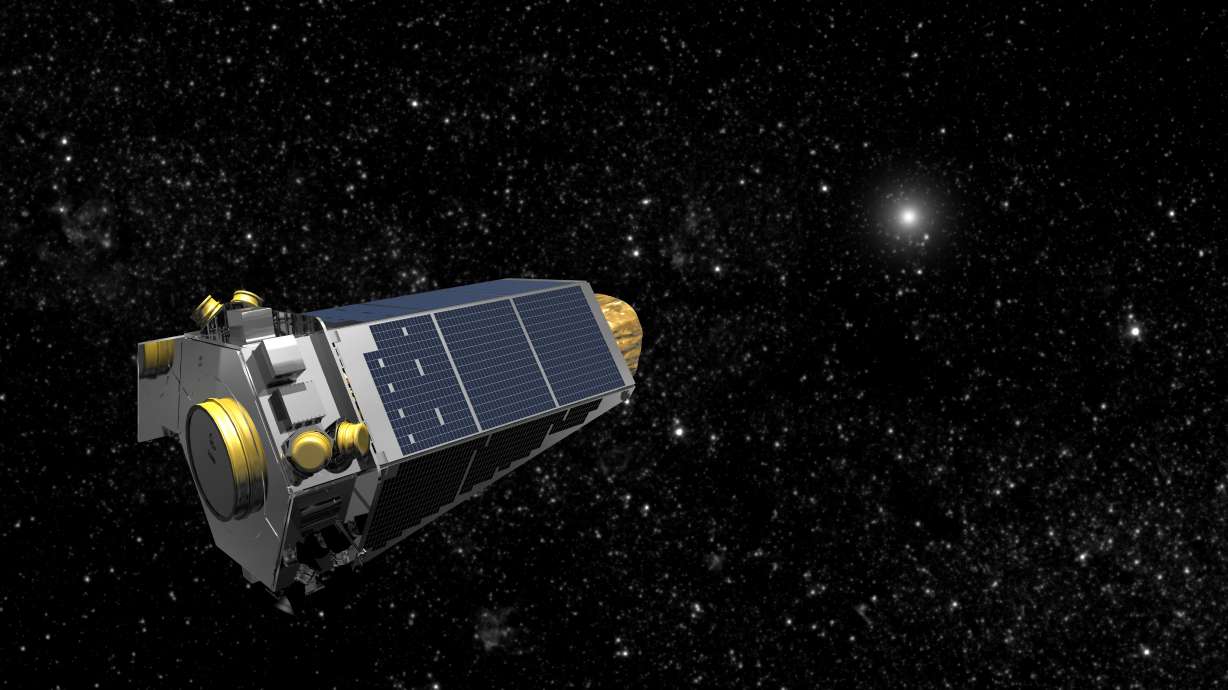Estimated read time: 1-2 minutes
This archived news story is available only for your personal, non-commercial use. Information in the story may be outdated or superseded by additional information. Reading or replaying the story in its archived form does not constitute a republication of the story.
CAPE CANAVERAL, Fla. (AP) — To astronomers' relief, NASA's planet-hunting Kepler spacecraft has won another reprieve.
The spacecraft — responsible for detecting thousands of planets beyond our solar system — slipped into emergency mode last week nearly 75 million miles from Earth. Ground controllers managed to stabilize the probe Sunday, and NASA announced the good news Monday.
Engineers still don't know what went wrong and will study incoming data for clues. They also want to be certain the spacecraft is healthy enough to resume observations. The trouble occurred right before Kepler was to be pointed toward the center of the Milky Way for a new kind of planet-searching campaign.
This isn't the first time the 7-year-old Kepler has cheated death. Controllers managed to keep the spacecraft working a few years ago, despite repeated breakdowns. But Kepler had never suffered an emergency like this before last week.
"It was the quick response and determination of the engineers throughout the weekend that led to the recovery," Mission manager Charlie Sobeck said in a web posting from NASA's Ames Research Center in Mountain View, California. "We are deeply appreciative of their efforts, and for the outpouring of support from the mission's fans and followers from around the world."
Ground observatories, meanwhile, will proceed with the hunt for planets orbiting far from their suns or even wandering between stars. Kepler's role in the project will end July 1, so there is plenty of time to get on board.
Already, Kepler has detected nearly 5,000 exoplanets, more than 1,000 of them confirmed. It completed its primary mission in 2012; its extended mission is called K2.
___
Online:
NASA: http://kepler.nasa.gov/
Copyright © The Associated Press. All rights reserved. This material may not be published, broadcast, rewritten or redistributed.








